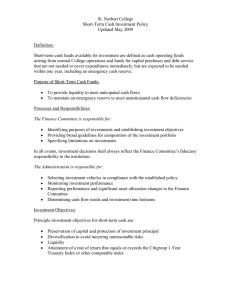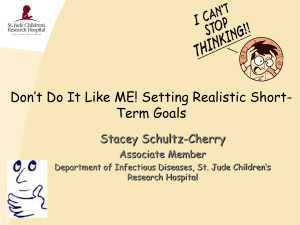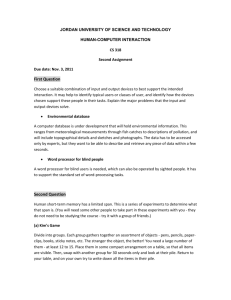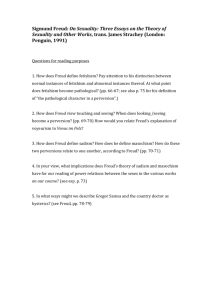The Case Study - Kean University
advertisement
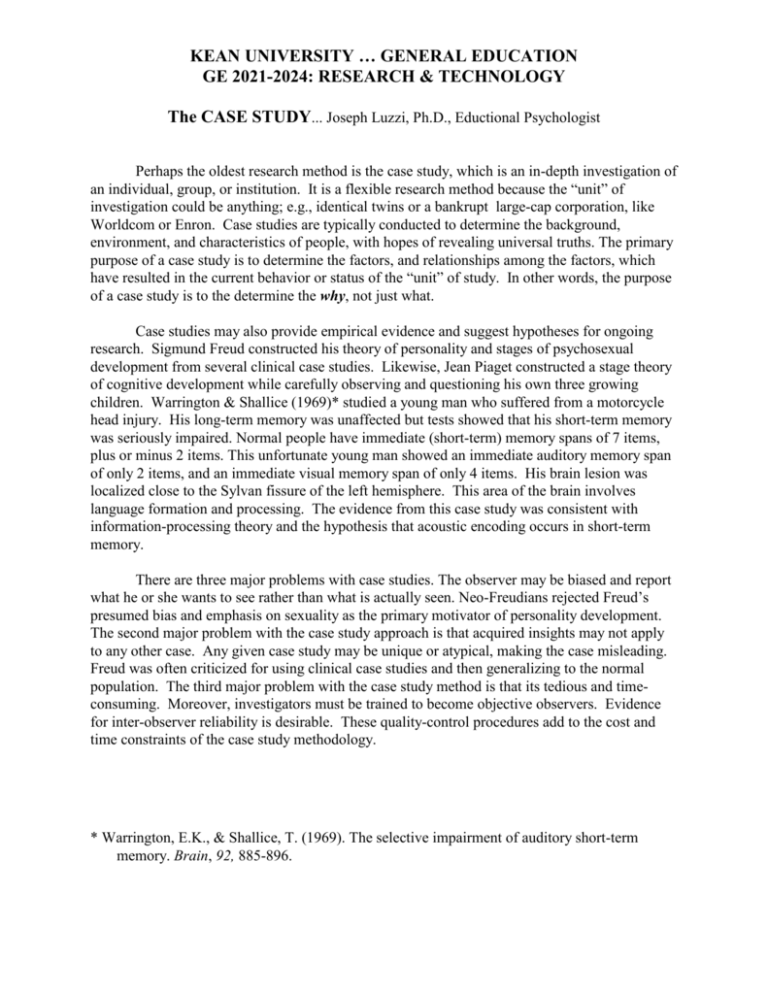
KEAN UNIVERSITY … GENERAL EDUCATION GE 2021-2024: RESEARCH & TECHNOLOGY The CASE STUDY... Joseph Luzzi, Ph.D., Eductional Psychologist Perhaps the oldest research method is the case study, which is an in-depth investigation of an individual, group, or institution. It is a flexible research method because the “unit” of investigation could be anything; e.g., identical twins or a bankrupt large-cap corporation, like Worldcom or Enron. Case studies are typically conducted to determine the background, environment, and characteristics of people, with hopes of revealing universal truths. The primary purpose of a case study is to determine the factors, and relationships among the factors, which have resulted in the current behavior or status of the “unit” of study. In other words, the purpose of a case study is to the determine the why, not just what. Case studies may also provide empirical evidence and suggest hypotheses for ongoing research. Sigmund Freud constructed his theory of personality and stages of psychosexual development from several clinical case studies. Likewise, Jean Piaget constructed a stage theory of cognitive development while carefully observing and questioning his own three growing children. Warrington & Shallice (1969)* studied a young man who suffered from a motorcycle head injury. His long-term memory was unaffected but tests showed that his short-term memory was seriously impaired. Normal people have immediate (short-term) memory spans of 7 items, plus or minus 2 items. This unfortunate young man showed an immediate auditory memory span of only 2 items, and an immediate visual memory span of only 4 items. His brain lesion was localized close to the Sylvan fissure of the left hemisphere. This area of the brain involves language formation and processing. The evidence from this case study was consistent with information-processing theory and the hypothesis that acoustic encoding occurs in short-term memory. There are three major problems with case studies. The observer may be biased and report what he or she wants to see rather than what is actually seen. Neo-Freudians rejected Freud’s presumed bias and emphasis on sexuality as the primary motivator of personality development. The second major problem with the case study approach is that acquired insights may not apply to any other case. Any given case study may be unique or atypical, making the case misleading. Freud was often criticized for using clinical case studies and then generalizing to the normal population. The third major problem with the case study method is that its tedious and timeconsuming. Moreover, investigators must be trained to become objective observers. Evidence for inter-observer reliability is desirable. These quality-control procedures add to the cost and time constraints of the case study methodology. * Warrington, E.K., & Shallice, T. (1969). The selective impairment of auditory short-term memory. Brain, 92, 885-896.




